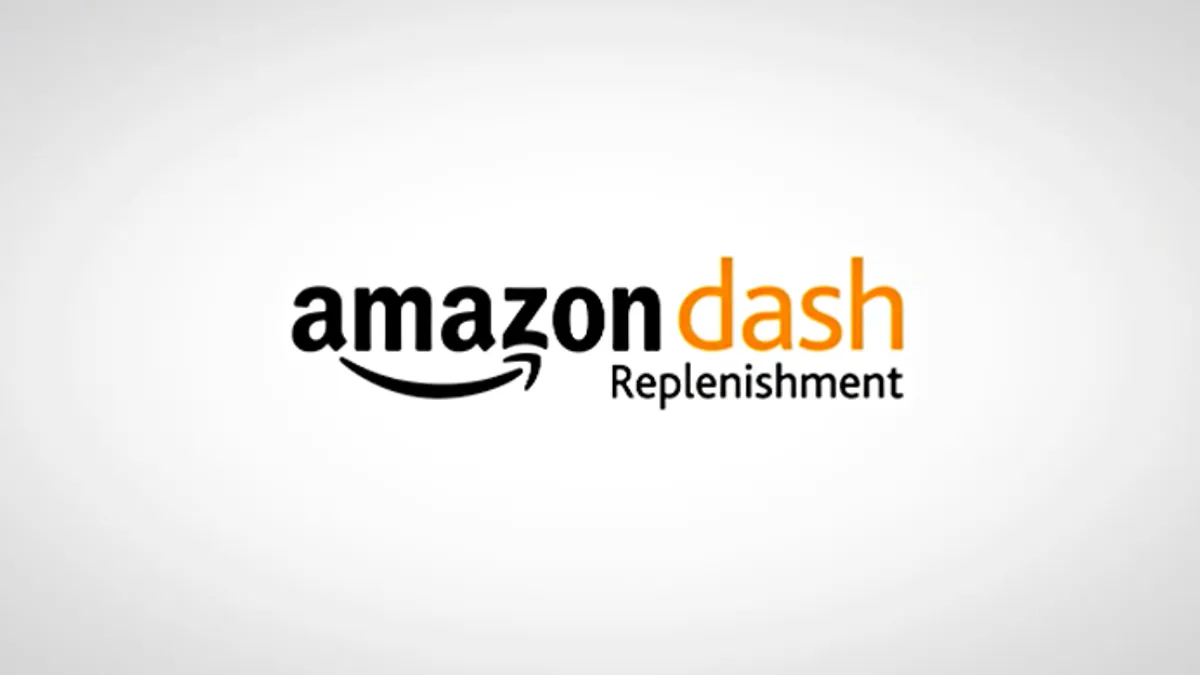Dive Brief:
-
Amazon has expanded the capabilities of its Dash ordering wand beyond grocery items to allow users to order anything featured on its platform, according to multiple news outlets and a notice on the e-commerce giant's site.
-
The wand, which differs from Amazon's brand-specific Dash buttons, allows consumers to order an item by speaking its name or scanning a bar code, which places it into their Amazon cart (although final purchase still must be completed by checking out using Amazon’s app or website).
-
The Dash wand is $50 for members of the Amazon Prime shipping program, which itself costs $99 per year.
Dive Insight:
Amazon’s Dash wand doesn’t yet approach the utility of the e-retailer's Echo, a $179 artificial intelligence-powered speaker that supports voice ordering in addition to playing music, reading audiobooks, answering trivia questions, playing games and controlling home appliances and lights. But it is another way for Amazon to reduce friction through voice control.
Dash first was available to customers of the Amazon Fresh grocery delivery service, which has struggled to gain the same level of traction as its formidable Prime program. (To that point, Amazon just cut the price of that service from $299, offering it as a $15 per month add-on for Prime members, according to the Associated Press.) By expanding the Dash wand to a greater assortment of products, Amazon has found yet another way to make it more attractive to join Prime.
That fulfills a promise from Amazon founder and CEO Jeff Bezos, who earlier this year in his annual letter to shareholders said “We want Prime to be such a good value, you’d be irresponsible not to be a member.”
Consumer Intelligence Research Partners in July reported that 52% of U.S. households are already Prime members. Other research shows out that those households tend to be younger and weather than average: More than 70% of households with annual incomes topping $112,000 have a Prime membership, according to Deutsche Bank. In addition, 75% of Prime members convert when visiting the Amazon website, compared to 13% for non-Prime members, according to a mid-2015 study from Millward Brown Digital.
That’s all contributing to Amazon’s retail success. No less important, it’s also chipping away at membership-based warehouse retailers like Costco, Sam’s Club and B.J.’s.













